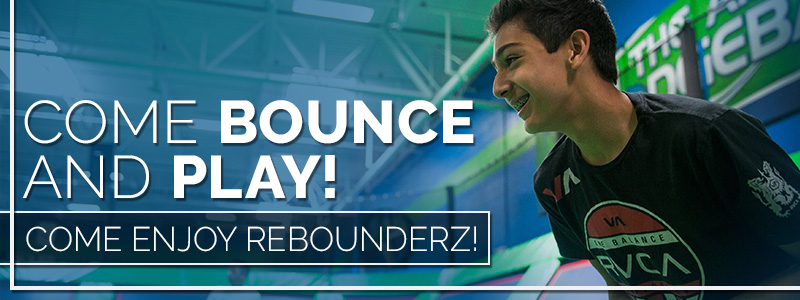
People jump for all different reasons. They jump because they’re surprised, excited, angry, or trapped on one side of a rain-filled gutter. While pretty much all of your muscles contribute at least a little to a jump, some muscles play bigger roles than others. If you want to jump higher, all you have to do is train the muscles that play the biggest roles in jumps, and they’ll help you get those extra inches off of the ground. In our last blog, we introduced the motions and muscles that do most of the work every time you jump. In today’s blog, we want to go a bit more in-depth and discuss exercises you can do to strengthen key jumping muscles.
Hip Flexors
All jumps start here. When you move your thigh toward your stomach, that’s called hip flexion. That means when you crouch down before jumping, you’re flexing your hip joints. When you start to straighten back up and surge toward the sky, you’re using your hip flexor muscles. They are small muscles, but they’re key when it comes to explosive motions like jumping or sprinting.
- How to strengthen your hip flexors: Lie down on your back. Keeping your legs straight, raise and lower them one at a time with control. Make sure your lower back stays pressed against the floor and keep your abs tight. Doing so will ensure that your hip flexors do the work without arching your spine.
Calves
You’ve got two big muscles on each of your calves. One is in front and the other is in back. The gastrocnemius is on the back of your leg, and it creates the typical calf shape we are used to seeing. The soleus is on the front of your leg. When you leave the ground, pushing off with your toes, both muscles work as a team to give your feet the best pushing force.
- How to strengthen your calves: You can do heel raises while standing, but if you’re training to jump, we recommend jump roping or doing tuck jumps. These two exercises will increase your strength while training your muscles to deliver the explosive force you need to jump.

Hamstrings
If you’ve ever pulled a hamstring, you know just how powerful these muscles are … and how important they are to pretty much any motion of your legs. Hamstrings are on the backs of your thighs and they balance out the powerful quadriceps muscles on the fronts of your thighs. They activate when your thigh moves backward or your knee bends and your heel moves toward your butt. All three parts of the hamstrings activate when you jump, especially during the explosive phase.
- How to strengthen your hamstrings: You can do squats to strengthen your hamstrings, but if you want to target them even more, lunges are a great option.
Quadriceps
These large muscles on the front of your thighs do a lot of work every time you jump. Once your legs are bent and you start to launch into the air, the quads are pulling a majority of your weight. The stronger and more adjusted to explosive motion they become, the higher you will be able to jump. We wanted to be sure to mention that you need to train your muscles to be explosive – just strength isn’t enough.
- How to strengthen your quadriceps: Squats are very effective for strengthening your quads. You can incorporate jumps into your squat routines to get that explosive training in, too!
Some people jump for a living. While we can’t all be that lucky, you have options! Turn to Rebounderz’s trampoline parks in Sterling for some jumping practice and fun today!
 Get Tickets Now!
Get Tickets Now!
 Learn More
Learn More
 Sign Up Now!
Sign Up Now!



 Aug 24, 2017
Aug 24, 2017 


